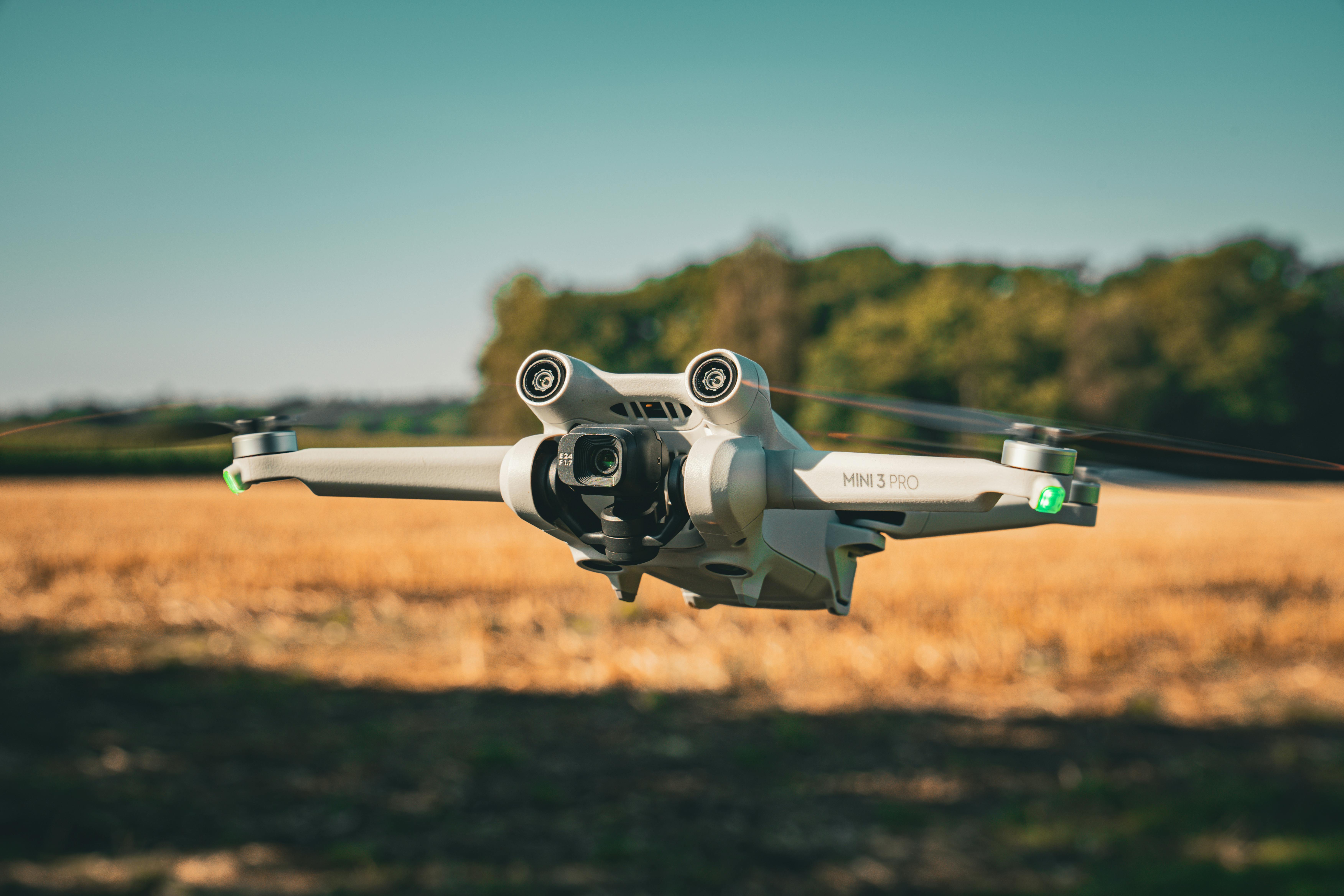Supercharging Connectivity: Unraveling the Potential of Terahertz Band Communications
From the dawn of the telegraph to the advent of mobile connectivity, the telecommunications industry has always been at the forefront of technological innovation. Today, as we delve deeper into the digital era, the demand for faster, more reliable, and omnipresent internet connectivity continues to surge. One promising solution lies in the largely unexplored realm of terahertz band communications.
Terahertz band communication, an exciting field of wireless communication, represents frequencies ranging from 0.1 to 10 terahertz. This band has immense potential to revolutionize the industry by providing unprecedented data rates and minimal latency. However, it also brings forth a new set of challenges and opportunities that need careful examination.
Unraveling the History: From Radio Waves to Terahertz Waves
The history of wireless communication is a fascinating journey. It began with Guglielmo Marconi’s use of radio waves for transmitting Morse code in the late 19th century. Over the centuries, the spectrum used for communication has expanded considerably. From radio and microwaves to infrared and visible light, each new band has brought with it increased data transmission capabilities and novel applications.
Terahertz waves, which lie between microwaves and infrared light on the electromagnetic spectrum, have long been overlooked due to technological limitations. However, recent advancements in terahertz technology have made it possible to tap into this previously inaccessible band, opening up a world of possibilities.
Current Developments and Regulatory Landscape
The potential of terahertz band communications has not gone unnoticed by industry stakeholders and regulatory authorities. Several research institutions and tech giants are investing heavily in terahertz technology, paving the way for its practical applications.
In terms of regulation, the allocation of the terahertz band for communication purposes is still under discussion. However, international bodies like the International Telecommunication Union (ITU) have recognized the potential of this band and are actively working towards developing regulatory frameworks that foster innovation while safeguarding the interests of all stakeholders.
Terahertz Band Communication: The Impact and Challenges
The impact of terahertz band communications could be transformative, with implications for a wide range of sectors. For instance, in healthcare, it could enable real-time monitoring of patients’ vital signs without invasive procedures. In the automotive industry, it could facilitate autonomous driving by providing ultra-fast communication between vehicles and infrastructure.
However, exploiting the terahertz band is not without challenges. One major obstacle is the high atmospheric absorption of terahertz waves, which can severely limit their range. Moreover, there are significant technical hurdles to overcome in terms of device fabrication and signal processing.
Practical Applications and Future Prospects
Despite the challenges, practical applications of terahertz technology are emerging. For instance, terahertz imaging systems are being used for security screening at airports, and terahertz spectroscopy is finding applications in pharmaceutical quality control.
Looking ahead, as we continue to refine our understanding of the terahertz band and develop technologies that can harness its potential, we can expect to see a plethora of new applications. From ultra-fast internet access to advanced sensing and imaging, the possibilities are virtually limitless.
In conclusion, terahertz band communications represent an exciting frontier in the telecommunications industry. While there are considerable challenges to overcome, the potential rewards in terms of enhanced connectivity and novel applications make this a field worth watching. As we continue to push the boundaries of what is possible, we can look forward to a future where connectivity is more powerful, more pervasive, and more personal than ever before.






